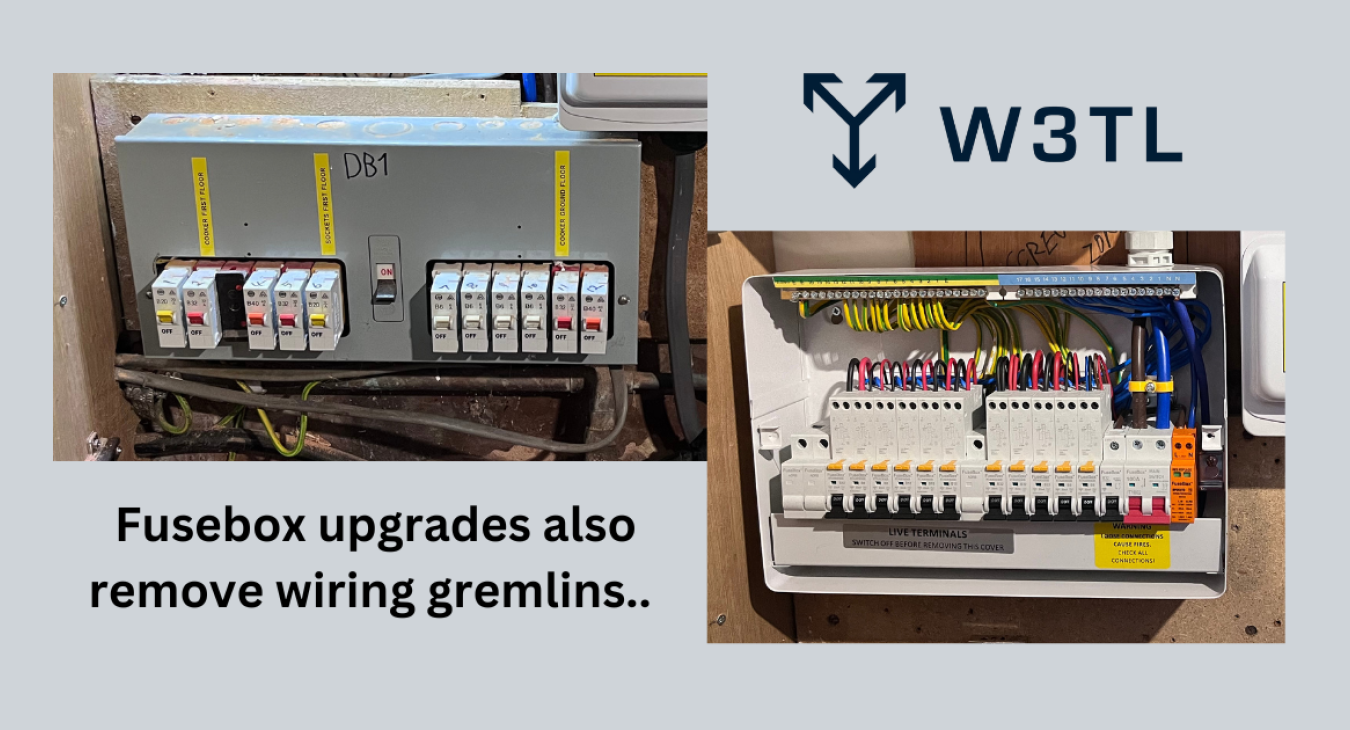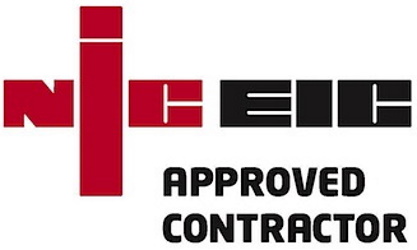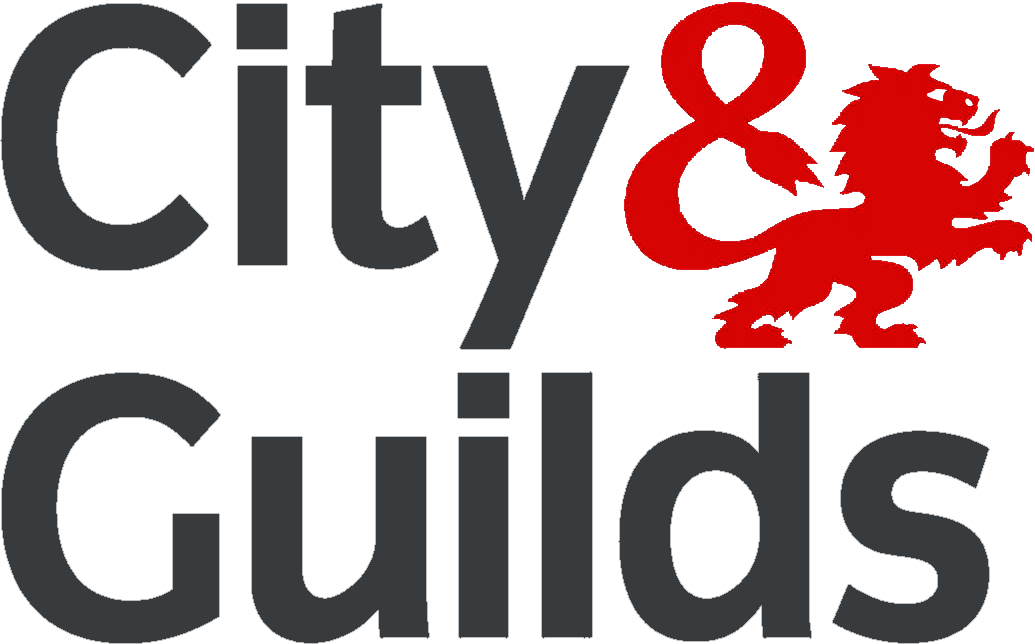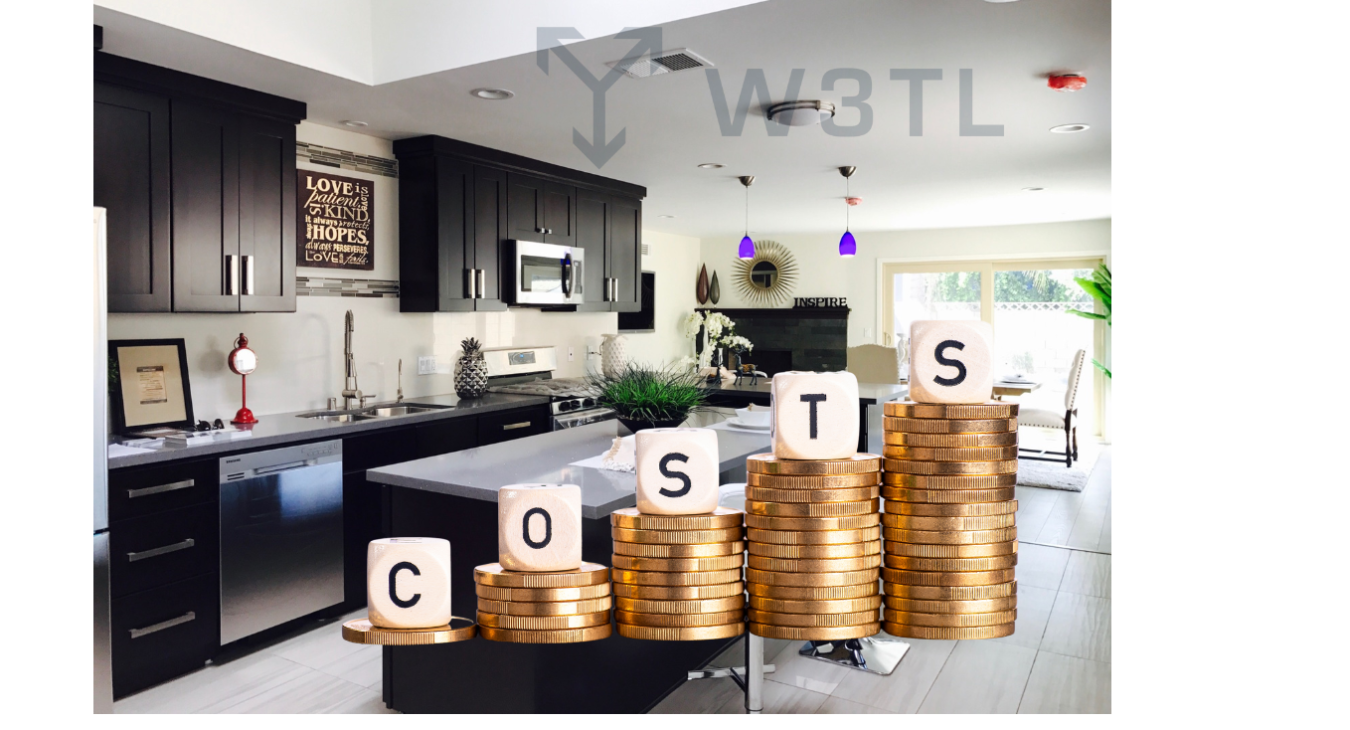
Your Budgeting Guide for a Kitchen Electrical System
Kitchen Electrics Cost and Buying Guide
I understand that buying a kitchen is a big decision. It is my goal to empower you to make an informed decision with honest and reliable cost based information for your project.
Kitchen electrics
As you begin to go through the options that are presented to you for an electrical system in your kitchen, this cost and pricing guide will help you develop an initial budget and plan for the instatement cost based on what you’re looking for and the future impact that decision may have.
Final prices will vary by supplier, location, and the choice of fixtures and fittings.
Costs of kitchen electrics: two things to consider
- Is this kitchen layout likely to change in the future?
- How long until this kitchen is replaced again?
First, lets take a look at the initial cost of each of the three choices for kitchen wiring:
- altering an existing system
- extending an existing system
- installing a new system
to get an idea of how much to budget for each.
Keep in mind that these prices will vary greatly between different providers.
Then, we’ll look at the long term impact associated with choosing each method for kitchen electrics.
Altering a System, Expanding an Existing System, and New System Cost Comparison
Altering a System: Initial cost
With any electrical work in your home there are two elements: The materials/fixtures and fittings, and the labour.
Lets take a look at each and learn some more.
Altering a kitchen: Materials/fixtures and fittings
Electrical accessories are very customisable, which makes it easy to find one that suits the design of your kitchen.
Electrical accessories range from £1 to £30 for a double socket, and £2 to £1200 for a light switch. It all depends on the type, the make, the finish. Then, how many sockets will you put in?
Excellent accessories start from £4 and up for a white plastic outlet. Metal accessories bump the cost to £7 and up.
Having USB outlets bump the price further with accessories starting around £20
Lighting
A simple single ceiling fixture is the most economical choice. It’s also the least common, the upside is that you will get change from a tenner.
Light fittings are an entire industry, and whilst you can get a light fixture for a little as £10, many kitchen light fixtures lean more towards the £50-£100 end on average.
Something more special can easily start from around £250 and up. The most expensive kitchen light fixture I have come across was well into the thousands.
Altering a kitchen: Labour
Altering a system will not require much technical skill beyond that of working with electricity as most alterations deal with electrical accessories on a superficial level.
If you are simply interested in changing some socket fronts or changing the light fixtures then the only suggestion would be to have the electrics checked before the kitchen is fitted to ensure there aren’t any problems that could be addressed far more economically if found at the right time.
For an electrician to look at your existing electrical system and ensure that the layout is still in line with building and electrical regulations you should be expecting £150-£300 for a comprehensive report on the kitchens wiring on average.
The obvious advantage here is what you would save from not having to install additional wiring or bringing in new supplies which saves many customers around £1000 and £3000 on average.
Replacing all accessories will depend on how many you have in place and what accessories you are upgrading to: but an average spend is around £250 to £500
Altering the appliances you have may be a straight swap, but they may also be a little more complicated: I write about the considerations around altering appliances, and you can read it here
Before we go onto the next section it is important to understand that replacing electrical accessories in a homes electrical system is not notifiable under Part P of the building regulations, does not require the use of a registered competent person, and provided no additional points are installed, there is no requirement for any certification for the electrical works.
If you are just looking for some accessory changes, many will entrust this to a Builder, kitchen fitter or Professional handyman service which will often lower the labour costs.
Do ensure that any non-electrical professional is trained to work safely on electrical systems in your home.
Expanding an Existing System: Initial Cost
Expanding an electrical system differs from alterations because your existing wiring will extended to include new accessories, points, or appliances.
Circuits are often extended to include more, not less. So there is a limiting factor here. We are using more electrical energy today that we have at any time in the past so we need to think about the following:
- What electrical capacity exists in your kitchen right now?
- What are you looking to install in this new kitchen?
- Will the new appliances and calculated loads for your new kitchen surpass what you already have available
It is still recommended that the wiring in the kitchen be checked ahead of any kitchen works. Expanding a kitchen incurs more cost and there will be a point where it may make more sense to renew instead of extending older wiring.
Expanding an Existing System: Materials/fixtures and fittings
Expanding a system means more wiring, accessory boxes, containment, sundries and the like. These are tricky to calculate as the fabric of the building your kitchen sits in varies dramatically.
Exposed structures lower the cost of wiring considerably and if the wiring is in good condition (say, less than 25 years old) then expanding this system can be very cost effective.
Solid brick walls that need channelling will incur more costs as this requires heavier duty equipment to get the cables where they need to be.
As with altering a system, the cost price of the materials wont change, but if you are installing more of them then the cost will rise accordingly depending on how many of a type of accessory you want.
Wiring is often extended to allow for downlights (or more of them), more switches, and more appliances.
A downlight fixture can cost from £3 to £20 depending on the type you go for. Light fittings are an entire industry, so whilst you can get a light fixture for as little as £10, many kitchen light fixtures lean more towards the £50-£100 end on average. You can read more about downlighters here
Something more special can easily start from around £250 and up. The most expensive kitchen light fixture I have come across was well into the thousands.
Incorporating smart switching will add costs very quickly. These are great, depending on the system you go for you can spend anywhere from £100 and up. Lutron do a five channel programmable dimmer switch with prices starting around £1200.
Expanding an Existing System: Labour
Expanding an existing system requires the most amount of technical skill. This is due to the following five points:
- You have an existing system that is live
- You require an assessment of the existing wiring
- You require a design based around what you already have available
- You need to isolate some but not all of the wiring
- You need to move, cap off, extend, and refit
A must for an expanding kitchen is an electrical survey. It’ll cover your current system and establish what is already there and gauge the remaining life expectancy of the existing wiring.
From this, an important decision can be made as to whether you extend or renew.
A design layout for everything you are having fitted will give you the demand for your new system.
Compare this to the survey, and you will know if your current system can support the new one in terms of electrical demand.
As extending an existing system is far more complex, the costs can increase by £500 to £2500 on average.
Before we go onto the next section it is important to understand that extending a homes electrical system may be notifiable under Part P of the building regulations if a special location is also added which require the use of a registered competent person. When adding to a circuit, you should be given a certificate for each of the circuits extended.
There will be a point where an electrician is needed. It really depends on the amount of extension and the scope of the works. You can still have a Builder, kitchen fitter or Professional handyman service do the works if you are looking to lower the labour costs, but you should always ensure that you will receive a certificate from an electrical professional.
If there are any works that are notifiable under Part P, then a non-registered electrical worker can use a registered third-party certifier upon completion.
Installing a New System: Initial cost
Installing a new system is more technical than altering an existing one, but less so than expanding an existing one.
A completely new kitchen affords a blank canvas approach and typically, if the kitchens wiring is being replaced, its likely that other things are being replaced too, and its likely you are preparing to spend a substantial amount of money.
As its new, and a blank canvas, we will have the details of the appliances, fixed socket outlets, and lighting system. Then it’s just a matter of bringing the appropriate circuits in to run the equipment.
New System: Materials/fixtures and fittings
The major advantage of new wiring is that you are not limited by what is already there. You get to go through the tick box and select whatever you want and then the electrician will do the rest.
New wiring will require more cabling, accessory boxes, and often new circuit protection meaning the cost comparison with altering or extending puts this decision as the more expensive option. You may also need to factor in the cost of a new consumer unit
Depending again on the amount of accessories you choose, the appliances you order, and the number of circuits you need the cost can range from £800 - £3000 on average.
Some kitchen projects have had multiple ovens and hobs, large fridges and freezers, warming trays, eight or more sockets spread across the sides and an island, underfloor heating, a utility room and smart lighting powering downlights, breakfast bar lights and more with the materials cost tipping £10,000+
New System: Labour
New wiring is easier because we can cut off what is already there install what is required over the old. Results can vary as removing all wiring from the area first is better than putting in junction boxes and wiring over the top.
A cost contributor will be if the existing electrical supply for the kitchen is fed from another part of the house. IF this is true, capping off the circuit in the kitchen may impact the old circuit if access is ever needed.
That’s why its best to take all existing wiring connection away from the kitchen before you start anew; this does add labour cost but pays dividends in the even of a fault.
New wiring can produce the best results: Its far easier to cook a steak from scratch than it is to take a burnt one and make it better.
To budget for the labour here you should expect the electrician to need a day or so for the first fix, then a second day or so for the second fix on average which will cost in the region of £700 to £1800 dependant on who you use.
Things like downlights, complex switching, integrated appliances, under floor heating and powered blinds all add considerable time to a first fix and more so to a second fix as the number of accessories can balloon.
Lifetime Impact of the Electrical System Choices
Now, lets look at the long-term costs of each of the options
Altering a System, Expanding an Existing System, and New System Cost Comparison
A kitchens life expectancy is around 20 years. We need to make a judgement call as to whether your existing system will last the life of this kitchen. If that’s unlikely, you may find someone cutting into your kitchen halfway through its usable life to repair a breakdown in your now very old wiring.
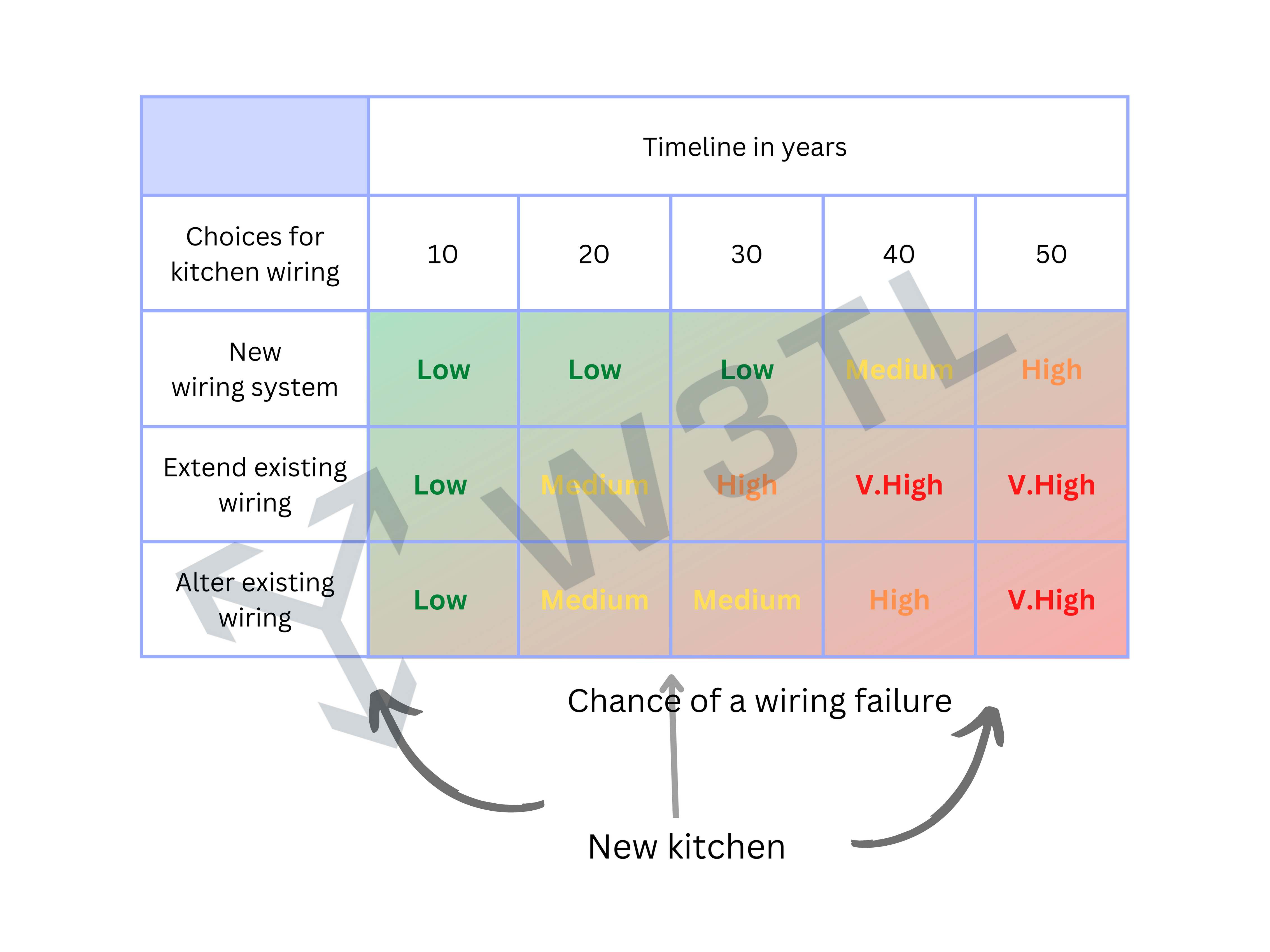
Altering a system: Long-term considerations
Altering a system prolongs the use of your existing wiring very economically. Replacing accessories like for like or as a slight cosmetic upgrade is the cheapest option right after doing nothing.
This works well when the old kitchen was fitted 20 years ago along with the wiring and as such still has many years left in its life. You may find alterations on the third kitchen will require new wiring.
Expanding a system: Long-term considerations
Expanding a system represents a higher cost investment in your project. So it’s more important to ensure the wiring is in good condition as it’ll be a small percentage of the project overall.
There will be a point where expanding is less beneficial to you long term than a renewal of the system.
When you expand a system you are limited by the circuit limitations that exists. You may only have a power circuit and a cooker circuit. This can cause problems if you are switching from gas cooking to electric, or if you are installing more appliances like dishwashers, washing machines, tumble-dryers, and under floor heating.
Repairs to systems that have been expanded can cause confusion: wiring colours may have changed, there may be junctions on the wiring that are hidden, different wiring may have been re-purposed, and original wiring notes may have been lost meaning it can be difficult to discern the old from the new.
New system: Long-term considerations
New systems have a life expectancy of around 50 years when installed to a good standard. If you plan and design well, you can simply alter, then expand your wiring once, twice, and maybe a third time before you need to renew the wiring again.
The initial cost is high but the long-term savings to you can be substantial. With such an investment, its likely the documents and notes for that system will remain with you and pay dividends when issues like maintenance, testing, and expanding arise.

